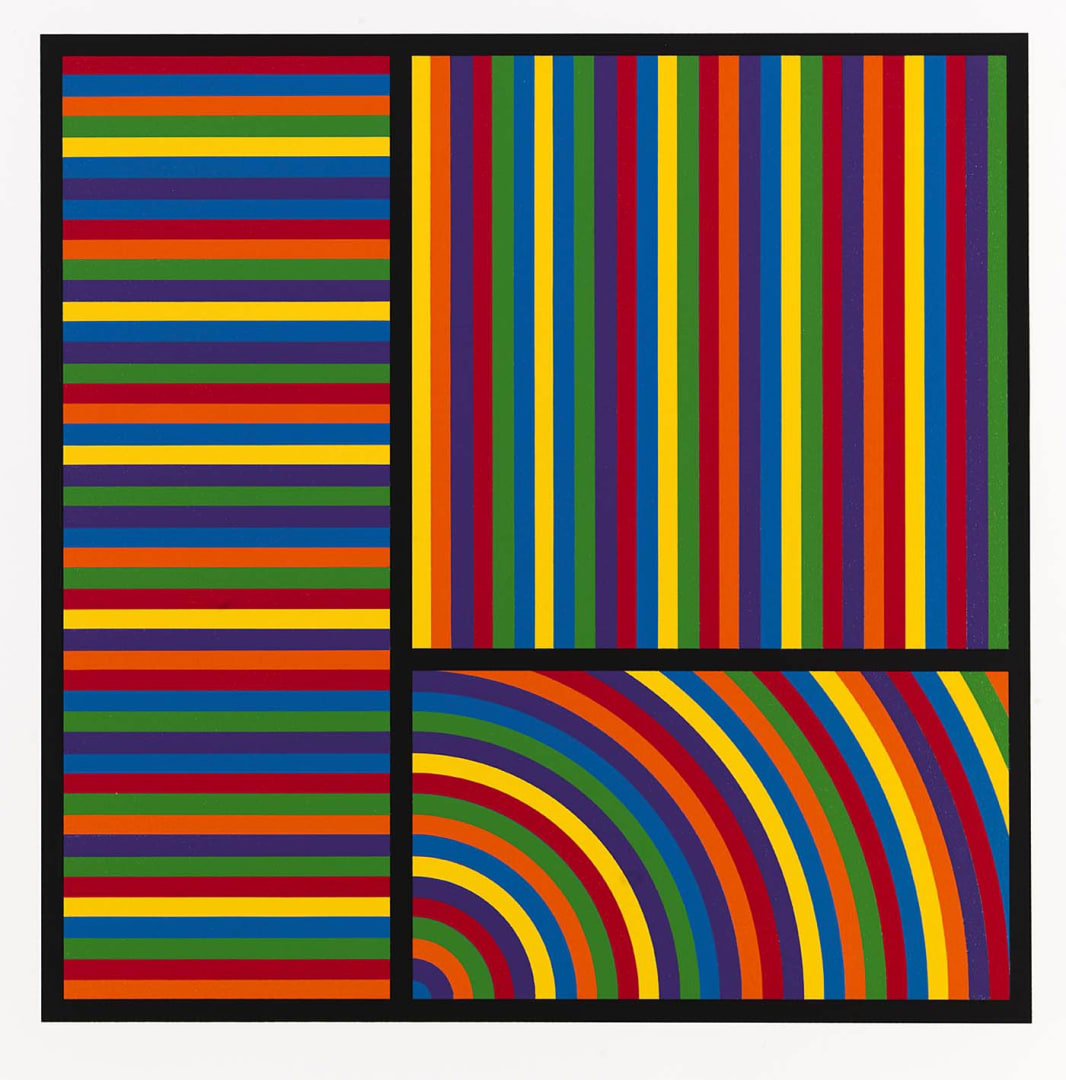Birth Name: Solomon LeWitt
Born: September 9, 1928,, Hartford, Connrcticut, USA
Died: April 8, 2007, New York City, New York, USA
Nationality: American
Education: Syracuse University (1949), New Britain High School, School of Visual Arts
Sol LeWitt was an American artist who is known as a founding member of both Minimalism and Conceptual Art in the 1960s. His iconic Sculpture Series of open, modular cubes as well as for his writings have made him one of the most enduring influences in contemporary art. “The idea becomes a machine that makes the art,” he wrote in his seminal 1967 essay “Paragraphs on Conceptual Art,” describing a movement away from earlier forms of Modernism. LeWitt’s wall installations during the 1970s consisted of the artist drawing directly onto the surface of the gallery, exploring the relationship between art and space to create systematized patterns and lines.
Born Solomon LeWitt on September 9, 1928 in Hartford, CT, he met Robert Ryman, Dan Flavin, and Robert Mangold while working as a bookseller at The Museum of Modern Art’s gift shop in New York. Another one of his close colleagues was the celebrated arts writer Lucy Lippard, with whom he would go on to co-found the artist book nonprofit Printed Matter, Inc. in 1976. These encounters gave him his inspiration and direction.
LeWitt started including several moving figures in his art work. He then began to depend more on the color, textures and shapes. This was evident in his work, Wall Structure Blue. His interests to work in three dimensions then lead to the open structures in wood or metal, which were repeated according to specific permutations. LeWitt’s first solo exhibition was at John Daniel’s Gallery. There he displayed many complex open structures incorporating irregular shapes and angular walls to manipulate space. He was not satisfied though. So he began building measured structures, making him a pioneer in Conceptual art.
LeWitt’s art works mostly involved basic shapes incorporated according to some form of mathematical equations giving structures that were not predictable. According to him, the process of making an artwork itself was an art. LeWitt believed that art could exist without a meaning of its own. While most artists were taking up industrial materials for their art work, LeWitt chose to continue with conventional materials like canvas, wood etc. LeWitt felt that art was just a way of objectifying ideas. Thus according to him, art belongs to anyone who understands it. While most works of art try to
emotionally connect with the viewer, LeWitt’s work of art, make the viewers think.
LeWitt died on April 8, 2007 in New York, NY at the age of 78.
